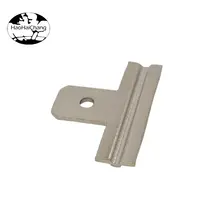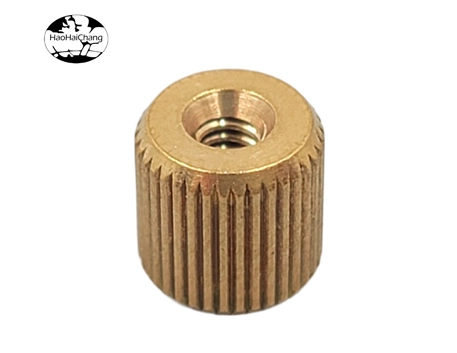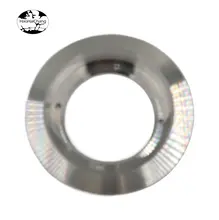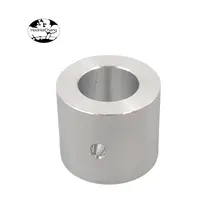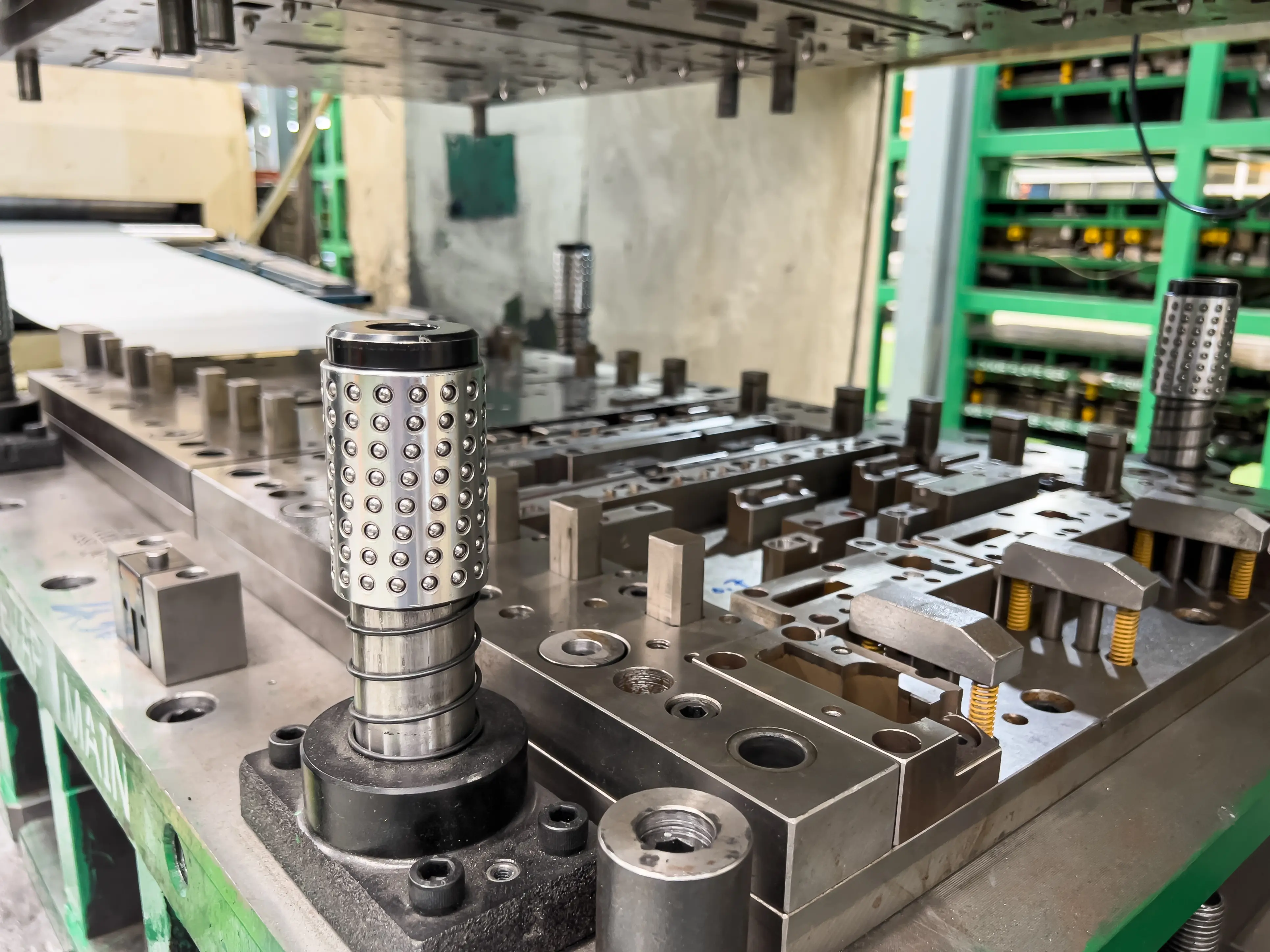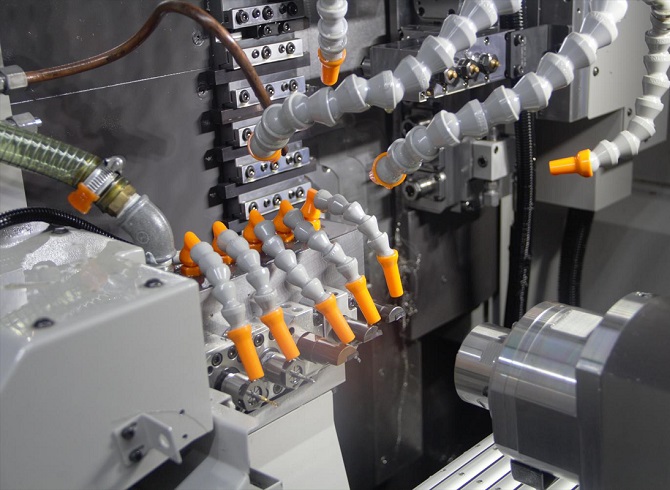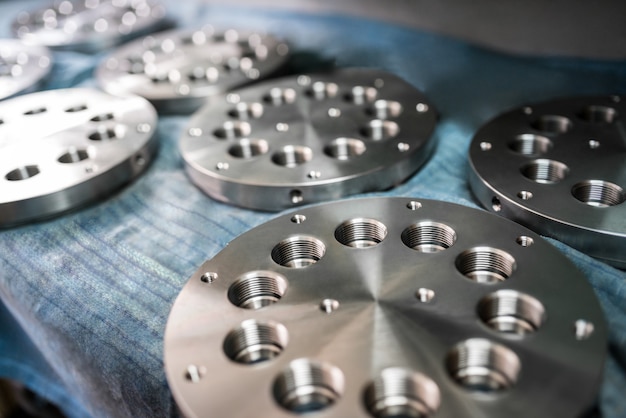
Advanced manufacturing technology refers to the integrated production technology that combines mechanical engineering, electronic information technology (including microelectronics, optoelectronics, computer software and hardware, modern communication technology), automation technology, as well as material technology and modern management technology. The goal of advanced manufacturing technology is to achieve high-quality, precise, material-saving, energy-efficient, clean, efficient, and flexible production to meet societal demands.
Precision machining technology has developed as an advanced manufacturing technology to meet the needs of modern high technology and serves as the foundation for other high-tech implementations. The development of precision machining technology has also stimulated the progress of mechanical, hydraulic, electronic, semiconductor, optical, sensor, measurement technology, and material science.
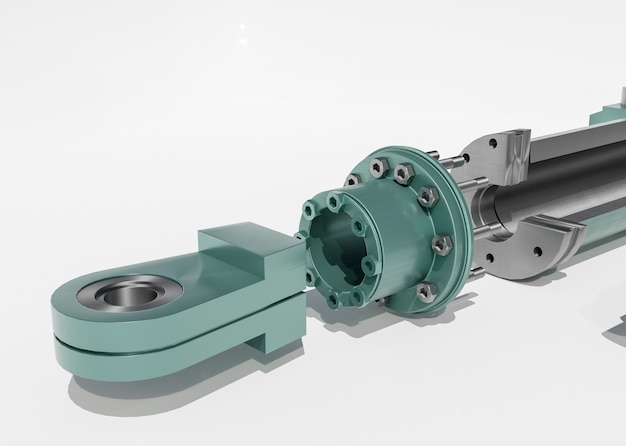
Precision and Ultra-Precision Machining
Generally, based on machining accuracy, mechanical processing can be divided into general machining, precision machining, and ultra-precision machining. Currently, precision machining refers to machining technology with an accuracy of 1 to 0.1 µm and a surface roughness of Ra 0.1 to 0.01 µm. However, this boundary is subject to change with the advancement of machining technology, and what is considered precision machining today may become general machining tomorrow.
The challenges in precision machining include machining accuracy, which includes dimensional tolerance, size accuracy, and surface condition. Another challenge is machining efficiency; some processes may achieve good machining accuracy but struggle to achieve high machining efficiency.
Ultra-precision machining involves using ultra-precision machine tools to perform micro-cutting on materials with strict constraints on relative motion between parts and tools, aiming to achieve extremely high shape accuracy and surface finish. Current ultra-precision machining refers to machining technology where the dimensional accuracy of the processed part is higher than 0.1 μm, surface roughness Ra is less than 0.025 μm, and the positioning accuracy and repeatability of the machine tool are higher than 0.01 μm. It is also known as sub-micron machining and is evolving towards nanometer-level machining.
Ultra-precision machining includes micro-machining, super micro-machining, optical finishing, and precision finishing.
Micro-machining refers to the machining technology for manufacturing tiny-sized parts.
Super micro-machining refers to the machining technology for manufacturing super tiny-sized parts. It is proposed to meet the manufacturing requirements of integrated circuits, and due to the small size, accuracy is expressed in absolute values rather than the ratio of the processed size to the size error.
Optical finishing generally refers to processing methods that reduce surface roughness and improve the mechanical properties of the surface layer without emphasizing increased machining accuracy. Typical methods include honing, grinding, superfinishing, and chipless processing. In practice, these methods not only improve surface quality but also enhance machining accuracy.
Precision finishing is a newly coined term in recent years, corresponding to optical finishing. It refers to machining methods that aim to reduce surface roughness, improve the mechanical properties of the surface layer, and increase machining accuracy (including dimensional, shape, and positional accuracy).
Technical Means of Precision Machining
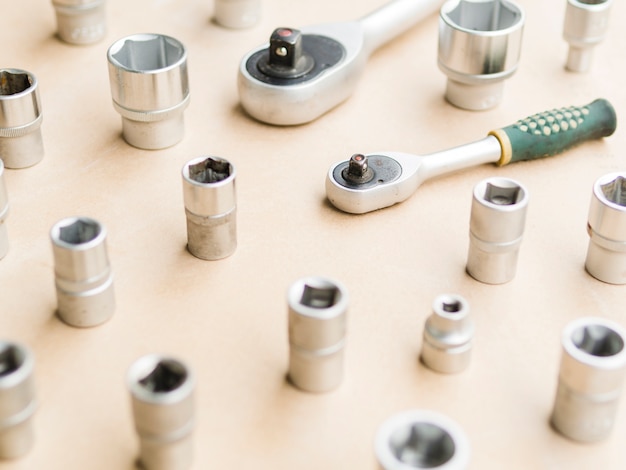
Traditional precision machining methods include buffing polishing, abrasive belt grinding, super fine cutting, fine grinding, honing, grinding, ultra-precision grinding and polishing, and magnetic abrasive finishing.
Polishing
Polishing is a type of fine machining performed on the surface of a workpiece using mechanical, chemical, or electrochemical methods. It is mainly used to reduce the surface roughness of the workpiece. Common methods include manual or mechanical polishing, ultrasonic polishing, chemical polishing, electrochemical polishing, and electrochemical-mechanical composite machining.
Abrasive Belt Grinding
This involves using a mixed fabric with abrasive particles as the abrasive tool to process the workpiece. It falls under the category of coated abrasive machining and is characterized by high productivity, good surface quality, and wide application. Foreign countries have made great achievements in abrasive belt materials and manufacturing processes, producing universal and special abrasive belt grinding machines. The level of automation continues to increase, but domestically, there are fewer types of abrasive belts, and the quality needs improvement, with machine tool transformation still in progress.
Technical Means of Precision Machining
Traditional precision machining methods include buff polishing, abrasive belt grinding, super fine cutting, fine grinding, honing, grinding, ultra-precision grinding and polishing, and magnetic abrasive finishing.
Polishing
Polishing is a fine machining process performed on the surface of a workpiece using mechanical, chemical, or electrochemical methods, primarily to reduce the surface roughness of the workpiece. Common methods include manual or mechanical polishing, ultrasonic polishing, chemical polishing, electrochemical polishing, and electrochemical-mechanical composite machining.
Abrasive Belt Grinding
This involves using a blended fabric with abrasive particles as the abrasive tool to process the workpiece. It falls under the category of coated abrasive machining and is characterized by high productivity, good surface quality, and wide application. Foreign countries have made significant achievements in abrasive belt materials and manufacturing processes, producing series of abrasive belts suitable for different occasions. They have developed both universal and specialized abrasive belt grinding machines, and the level of automation continues to increase. However, domestically, there are fewer types of abrasive belts, and the quality needs improvement, with machine tool transformation still in progress.
Precision Cutting
Precision cutting involves cutting processing using highly precise machine tools and single-crystal diamond tools. It is mainly used for precision machining of soft metals such as copper and aluminum that are not suitable for grinding and also exhibits good optical properties.
Ultra-Precision Grinding
Ultra-precision grinding is a micro-grinding process using precisely dressed grinding wheels on ultra-precision grinding machines. The metal removal rate can be in the sub-micrometer range or even smaller, achieving high dimensional accuracy, positional accuracy, and low surface roughness values. The dimensional accuracy is within 0.1 to 0.3 µm, surface roughness Ra is within 0.2 to 0.05 µm, and it is highly efficient. The application range is extensive, from soft metals to hardened steel, stainless steel, high-speed steel, and other difficult-to-cut materials, as well as semiconductors, glass, ceramics, and other hard and brittle non-metallic materials; almost all materials can be processed using grinding. However, after grinding, the processed surface undergoes changes in the metallographic structure under the influence of grinding forces and heat, resulting in defects such as work hardening, quench hardening, thermal stress layer, residual stress layer, and grinding cracks.
Honing
Honing uses honing heads composed of oilstone sand strips. It reciprocates along the workpiece surface under a certain pressure. The surface roughness after processing can reach Ra 0.4 to 0.1 µm, and in the best case, it can be as low as Ra 0.025 µm. It is mainly used for processing cast iron and steel and is not suitable for processing non-ferrous metals with low hardness and good toughness.
Precision Grinding and Polishing
This involves using abrasives and processing fluids between the workpiece and the tool for mutual mechanical friction to achieve the required dimensions and precision of the workpiece.
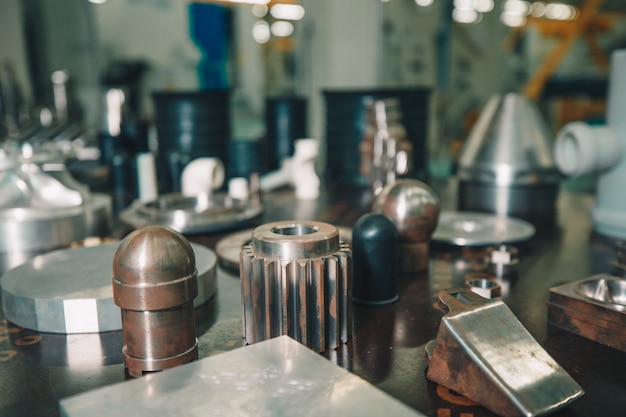
Technical Means of Ultra-Precision Machining
Ultra-precision cutting processes, such as ultra-precision cutting with diamond tools, can process various mirrors. It has successfully addressed the processing of large parabolic mirrors for laser fusion systems and astronomical telescopes. Ultra-precision grinding and polishing processes, such as coating surface processing of high-density hard disks and processing of large-scale integrated circuit substrates. Ultra-precision special processes, such as the graphics on large-scale integrated circuit chips, are processed by methods such as electron beam and ion beam etching, with a linewidth of up to 0.1 µm. When processed using a scanning tunneling electron microscope (STM), the linewidth can reach 2 to 5 nm.
Ultra-Precision Cutting
Ultra-precision cutting began with SPDT (Single Point Diamond Turning) technology. This technology is supported by an air-bearing spindle, pneumatic sliders, high rigidity, high-precision tools, feedback control, and environmental temperature control, achieving nanometer-level surface roughness. Diamond tools are commonly used for milling, widely used in the flat and non-spherical optical elements of copper, organic glass, plastic products (such as plastic lenses for cameras, contact lenses, etc.), ceramics, and composite materials. The future trend is to use coating technology to improve the wear of diamond tools when processing hardened steel. In addition, the processing of small parts such as MEMS components requires small tools. Currently, the dimensions of small tools can reach 50 to 100 μm, but if the processing features are in the sub-micrometer or even nanometer range, the tool diameter must be further reduced. The development trend is to use nanomaterials such as carbon nanotubes to make ultra-small diameter turning or milling cutters.
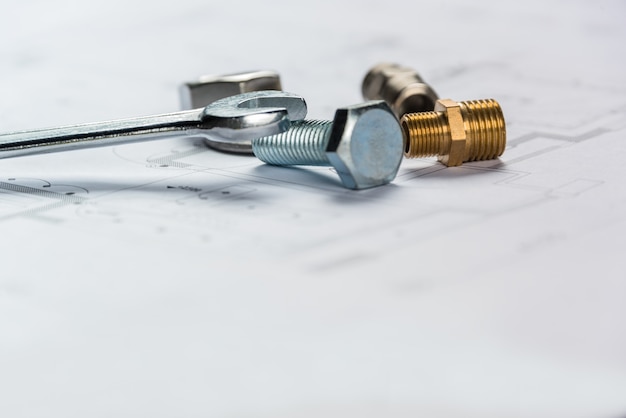
Ultra-Precision Grinding
Ultra-precision grinding is a mirror grinding method developed on the basis of general precision grinding. The key technology lies in the dressing of the diamond grinding wheel, enabling the abrasive grains to have micro-edge and uniform height characteristics. The primary materials processed by ultra-precision grinding are brittle and hard metal materials, semiconductor materials, ceramics, glass, and others. After grinding, the processed surface retains a large number of extremely fine grinding marks, with minimal residual height. Combined with the sliding, squeezing, friction, and polishing effects of micro-edges, a highly accurate and low-surface-roughness processed surface can be achieved. Currently, ultra-precision grinding can process cylindrical parts with a roundness of 0.01 μm, dimensional accuracy of 0.1 μm, and surface roughness of Ra 0.005 μm.
Ultra-Precision Grinding
Ultra-precision grinding includes machining methods such as mechanical grinding, chemical mechanical grinding, floating grinding, elastic emission processing, and magnetic grinding. The key conditions for ultra-precision grinding are nearly vibration-free grinding motion, precise temperature control, a clean environment, and fine and uniform abrasives. The spherical degree achieved by ultra-precision grinding is 0.025 μm, and the surface roughness Ra is 0.003 μm.
Ultra-Precision Specialized Processing
Ultra-precision specialized processing mainly includes composite processing such as laser beam processing, electron beam processing, ion beam processing, micro-electrical discharge machining, fine electrochemical machining, electrochemical grinding, ultrasonic electrochemical machining, ultrasonic electrochemical grinding, and ultrasonic electrical discharge machining. Laser and electron beam processing can achieve perforation, precision cutting, forming cutting, etching, photolithography exposure, and processing of laser anti-counterfeit marks. Ion beam processing can achieve atomic and molecular-level cutting. Micro electrical discharge machining can remove extremely fine metal materials and process fine shafts, holes, narrow planar surfaces, and curved surfaces. Fine electrochemical machining can achieve nanometer-level accuracy, and the surface will not generate machining stress. It is commonly used for mirror polishing, mirror thinning, and some applications requiring stress-free machining.

